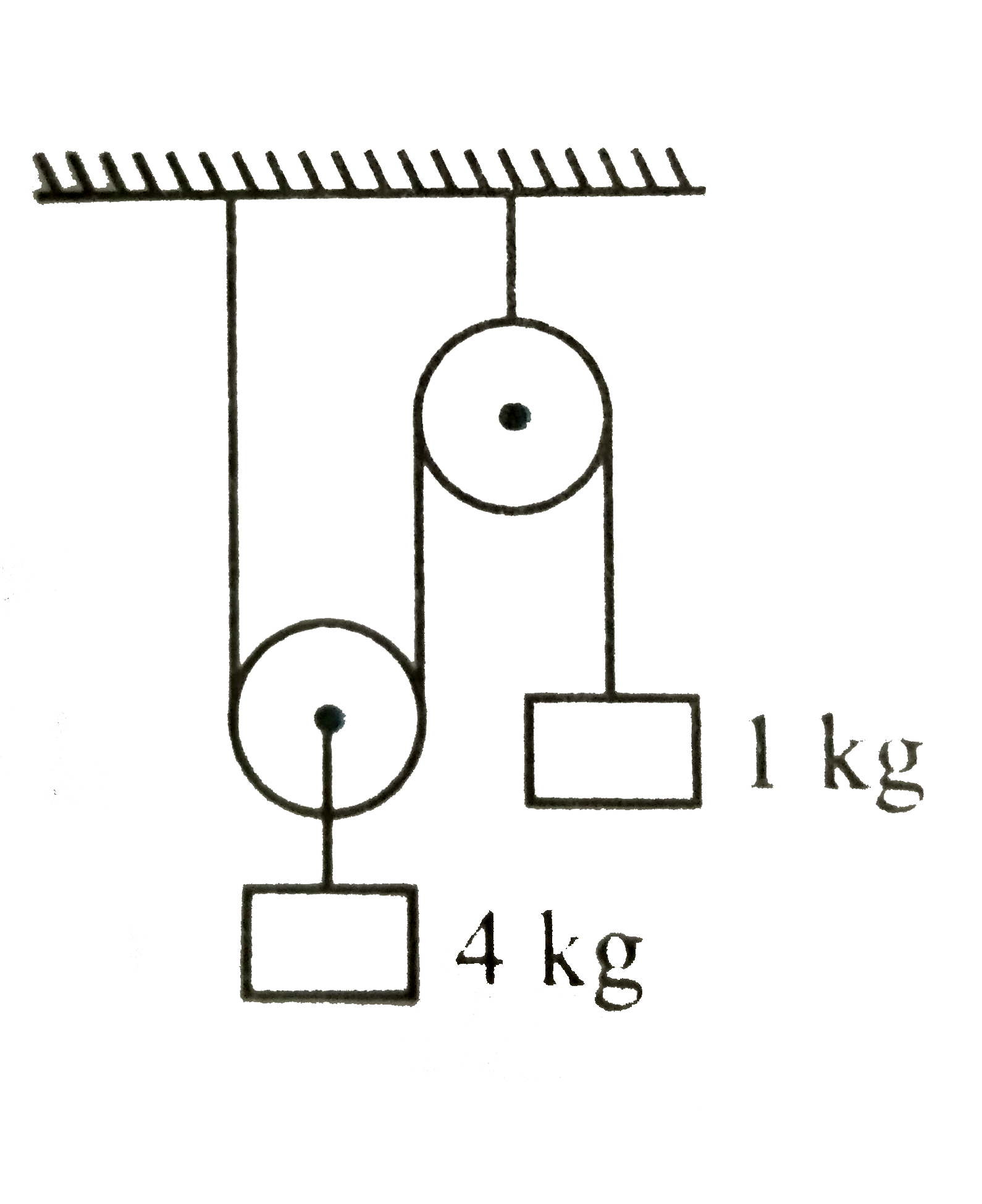In system called the star system we have 1 star kilogram =1020kg. 1 starmeter =108m, 1 starsecond =103 second then calculate the value of 1 joule in this system.
The correct Answer is:10−30 star joule
To calculate the value of 1 joule in the star system, we need to start with the definition of a joule in terms of its fundamental units.
1. Understanding the definition of Joule:
- The joule (J) is defined as the amount of energy transferred when a force of one newton is applied over a distance of one meter.
- In terms of fundamental units, 1 joule can be expressed as:
1 J=1 N⋅1 m=1 kg⋅m2/s2
- Therefore, the dimensional formula for joule is:
(J)=(M)(L2)(T−2)
2. Convert the units to the star system:
- In the star system, we have:
- 1 star kilogram (star kg) = 1020 kg
- 1 star meter (star m) = 108 m
- 1 star second (star s) = 103 s
3. Substituting the values into the joule formula:
- We can substitute the values for mass, length, and time from the star system into the joule formula:
1 J=(1 star kg)⋅(1 star m)2/(1 star s)2
- Substituting the star units:
1 J=(1020 kg)⋅(108 m)2/(103 s)2
4. Calculating the values:
- Calculate (108 m)2:
(108)2=1016 m2
- Calculate (103 s)2:
(103)2=106 s2
- Now substitute these back into the equation:
1 J=(1020)⋅(1016)/(106)
5. Simplifying the expression:
- Combine the powers of ten:
1 J=1020⋅1016106=1020+16−6=1030 star J
Thus, the value of 1 joule in the star system is:
1030 star joules
- The joule (J) is defined as the amount of energy transferred when a force of one newton is applied over a distance of one meter.
- In terms of fundamental units, 1 joule can be expressed as:
1 J=1 N⋅1 m=1 kg⋅m2/s2
- Therefore, the dimensional formula for joule is:
(J)=(M)(L2)(T−2)
- In the star system, we have:
- 1 star kilogram (star kg) = 1020 kg
- 1 star meter (star m) = 108 m
- 1 star second (star s) = 103 s
- We can substitute the values for mass, length, and time from the star system into the joule formula:
1 J=(1 star kg)⋅(1 star m)2/(1 star s)2
- Substituting the star units:
1 J=(1020 kg)⋅(108 m)2/(103 s)2
- Calculate (108 m)2:
(108)2=1016 m2
- Calculate (103 s)2:
(103)2=106 s2
- Now substitute these back into the equation:
1 J=(1020)⋅(1016)/(106)
- Combine the powers of ten:
1 J=1020⋅1016106=1020+16−6=1030 star J
1030 star joules
Topper's Solved these Questions
- MISCELLANEOUSBOOK - ALLENCHAPTER - MISCELLANEOUSEXERCISE - EXERCISE-5(A)
15 Videos
- MISCELLANEOUSBOOK - ALLENCHAPTER - MISCELLANEOUSEXERCISE - Exersice -05(B)
19 Videos
- MISCELLANEOUSBOOK - ALLENCHAPTER - MISCELLANEOUSEXERCISE - Exercise-04 [A]
28 Videos
- KINEMATICS (MOTION ALONG A STRAIGHT LINE AND MOTION IN A PLANE)BOOK - ALLENCHAPTER - KINEMATICS (MOTION ALONG A STRAIGHT LINE AND MOTION IN A PLANE)EXERCISE - BEGINNER S BOX-7
8 Videos
- PHYSICAL WORLD, UNITS AND DIMENSIONS & ERRORS IN MEASUREMENT BOOK - ALLENCHAPTER - PHYSICAL WORLD, UNITS AND DIMENSIONS & ERRORS IN MEASUREMENT EXERCISE - EXERCISE-IV
8 Videos
Similar Questions
In a particular double star system two stars of mass 3.22×1030 kg each revolve about their common centre of mass 1.12×1011 on away.
(i). Calculate their common period of revolution, in years
(ii). Suppose that a meteoroid (small solid particle in space) passes through this centre of mass moving at right angles to the orbital plane of the stars. What must its speed be if it is to escape from the gravitational field of the double star?
View SolutionThree point masses of 1kg, 2kg and 3kg lie at (0,0), (1,2), (3,−1) respectively. Calculate the coordinates of the centre of mass of the system.
View Solution
Knowledge Check
In the system shown in the figure, the acceleration of 1 kg mass is
 Ag4downwardsBg2downwardsCg2upwardsDg4upwards
Ag4downwardsBg2downwardsCg2upwardsDg4upwards
Three point masses of 1kg, 2kg and 3kg lie at (0,0), (1,2), (3,−1) respectively. Calculate the coordinates of the centre of mass of the system.
View Solution1 joule of energy is to be converted into new system of units in which length is measured in 10 metre, mass in 10 kg and time in 1 minute. The numerical value of 1 J in the new system is :-
View SolutionIn a particular system the units of length, mass and time are chosen to be 10cm,10g and 0.1s respectively. The unit of force in this system will be equal to
View SolutionSuppose two students trying to make a new measurement system so that they can use it like a code measurement system and others do not understand it Instead of taking 1 kg, 1 m and 1 second, as basic unit they took unit of mass as α kg, the unit of length as β m and unit of times as γ second. They called power in new system as "Aakash", then find The value of α "Aakash" in watt.
View SolutionIn a new system of units known as RMP, length is measured in 'retem', mass is measured in 'marg' and time is measured in 'pal'.
100 retem=1.0 meter
1.0 marg = 10−3 kilogram
10 pal=1.0 second
In the given table some unit conversion factors are given . Suggest suitable match.

View SolutionIn a new system of units, unit of mass is taken as 50 kg. unit of length as 100 m and unit of time is 1 minute. What will be the weight of a body in this system, if in SI sysem, its weight is 10 N?
View SolutionCalculat the binding energy of the - sum system . Mass of the earth =6×1024 kg , mass of the sun =2×1030 kg, distance between the earth and the sun =1.5×1011 and gravitational constant = 6.6×10−11 Nm2kg2
View Solution
